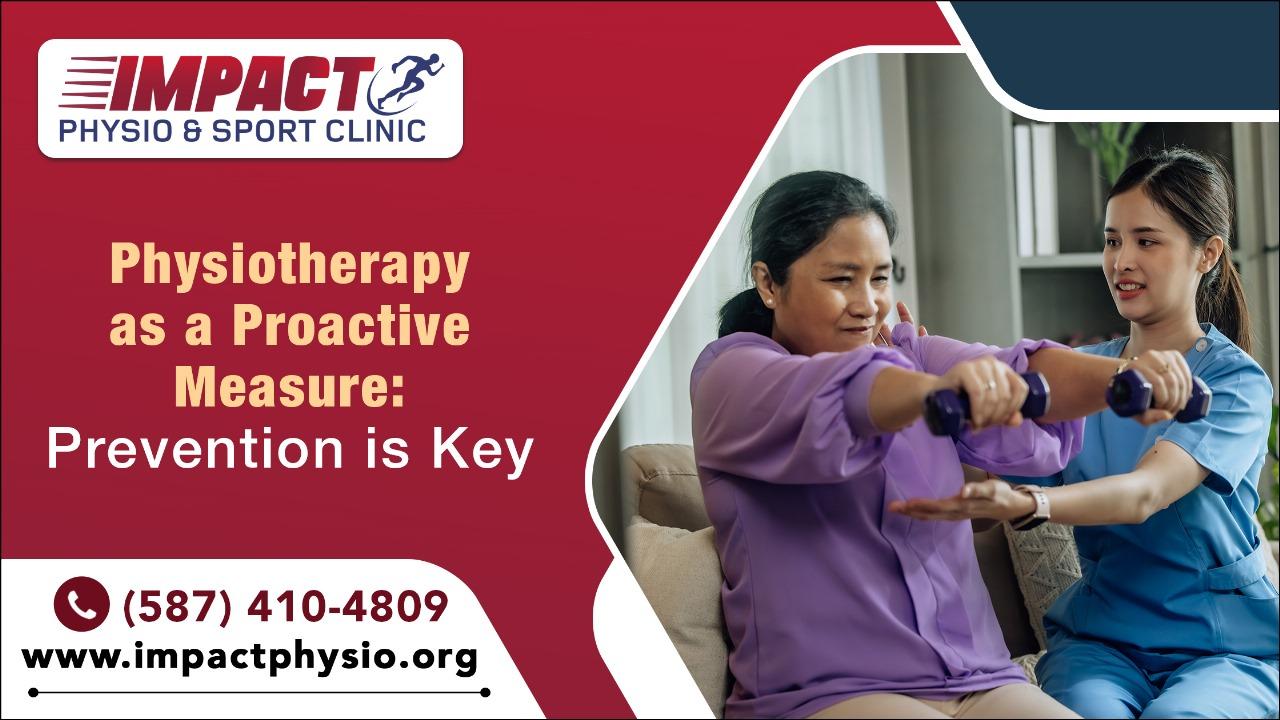
High-temperature reactors (or very high-temperature reactors) are reactors that can deliver heat at particularly high temperatures (e.g., 750 ° C). This enables very high temperatures and thus a higher degree of efficiency in power generation as well as the use of high-temperature process heat, for example, to generate hydrogen.
High-temperature reactors have been implemented in very different ways. One example is the pebble bed reactor (PBMR = Pebble Bed Modular Reactor) in which the nuclear fuel into balls, for example, graphite embedded. These fuel balls can be cooled with helium, for example. At such temperatures, water cannot be used as a coolant.
Generation IV nuclear reactors
The development of nuclear reactors is roughly divided into generations. The nuclear reactors used today and those newly built today practically all belong to generations II and III; many Generation I reactors have already been decommissioned. For Generation IV there are various very different plans with which the following goals are pursued:
- Nuclear fuel is to be used more efficiently than with the previous light water reactors, which cannot use most of the uranium (even with reprocessing of the used fuel).
- In general, the profitability should be improved, since the previous cost development was very negative, in stark contrast to the original expectations.
- The aim is to achieve greater reactor safety - for example, after shutdown, passive cooling by convection should be sufficient, so that a core meltdown is avoided even without the operation of cooling water pumps. Such properties are part of inherent security. This is best achieved with smaller reactors.
- Higher coolant temperatures are intended to increase the efficiency of electricity generation and/or to use it as process heat e.g., B. for the chemical industry, the production of hydrogen, or the refining of coal.
- The risk of proliferation (further spread of nuclear weapons) should be reduced by appropriate design of the fuel cycle.
- In some cases, the use of transmutation to reduce the dangers of radioactive waste is also sought.
Unfortunately, these goals are hardly attainable at the same time, and there is no consensus among experts as to what kind of new reactor types would be preferred. For example, inherent safety is more likely to be achieved with small reactors, which, however, generally have higher specific costs. A significantly increased utilization of uranium usually requires additional expensive and risky process steps such as reprocessing or the handling of plutonium, which under certain circumstances also increase the risk of proliferation. The costs of novel concepts are at least less reliable and often significantly higher than with conventional reactor types. Stalwart International, One of the best Chemical reactor manufacturers in Bengaluru.
Also read about:
Step by step instructions to Make Arranging a Childs Birthday Celebration
Everything You Need to Know About Motherboards
Telemedicine APP Development Solutions










More Stories
3 recommendations on Managing Payroll Systems for brand spanking new Businesses
How can we enhance our business presence with custom packaging solutions
What is a security certification salary
Is Trademark Registration Compulsory For E Commerce Companies
Choosing a Road Freight
The most effective method to Build a Home Music Studio in a Garden Log Cabin